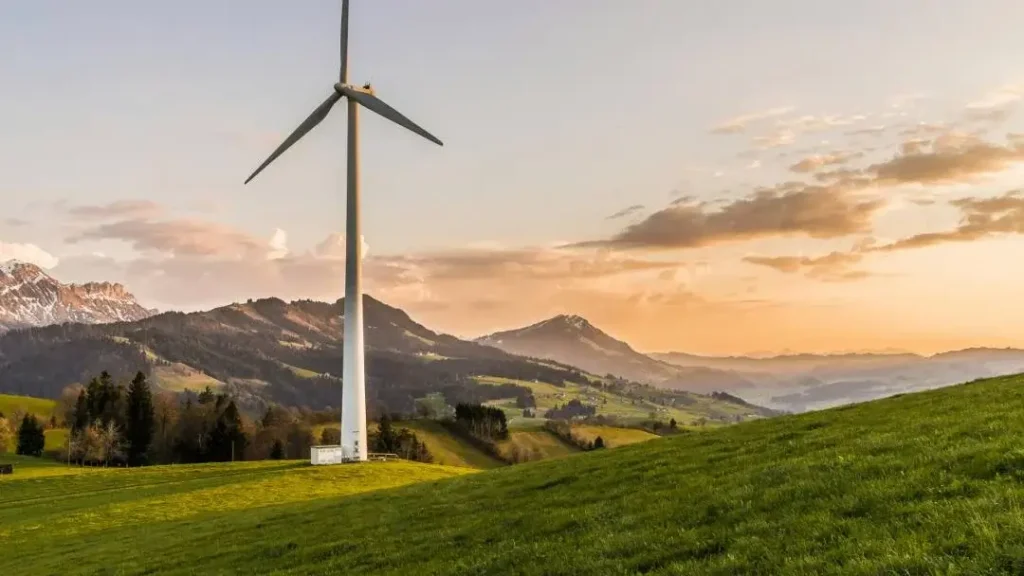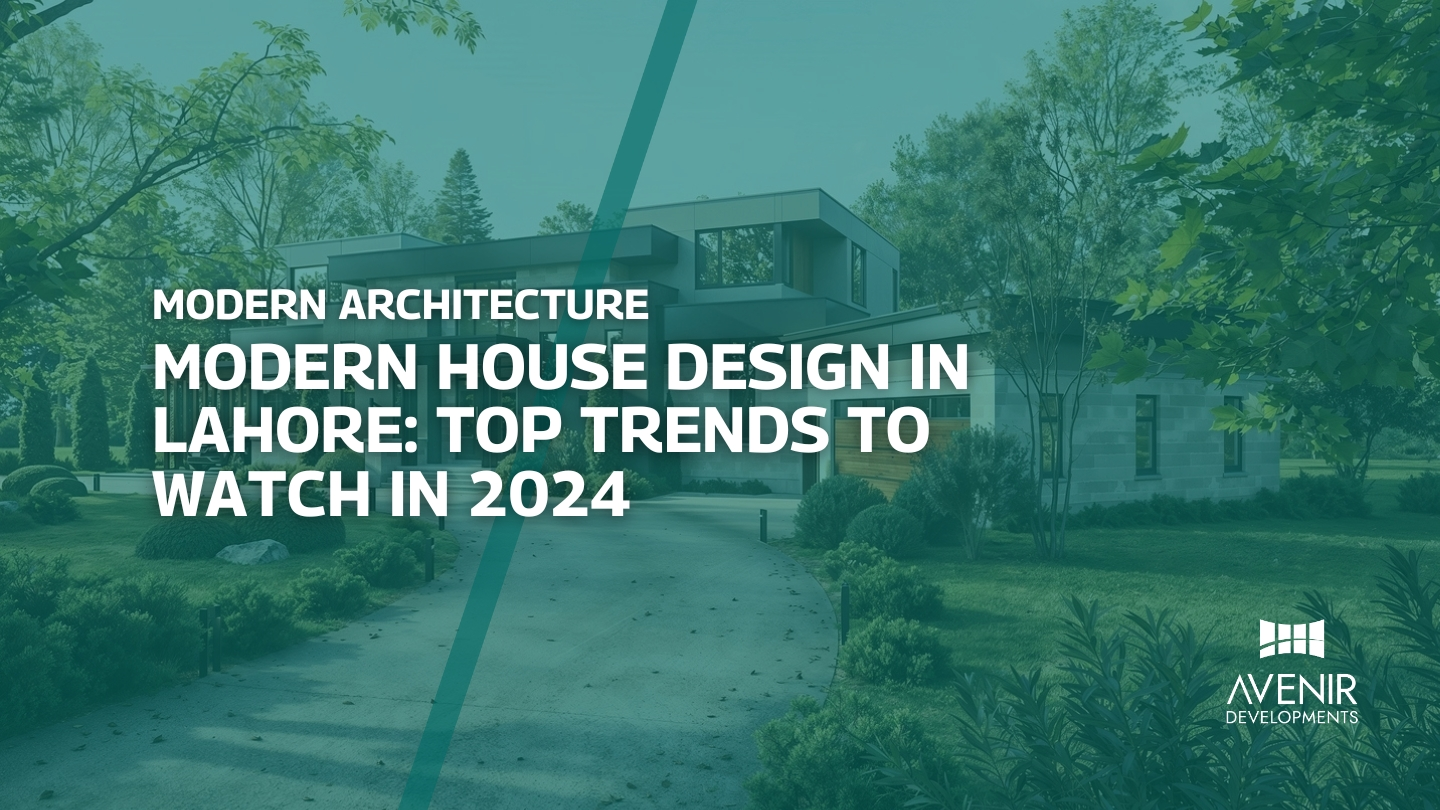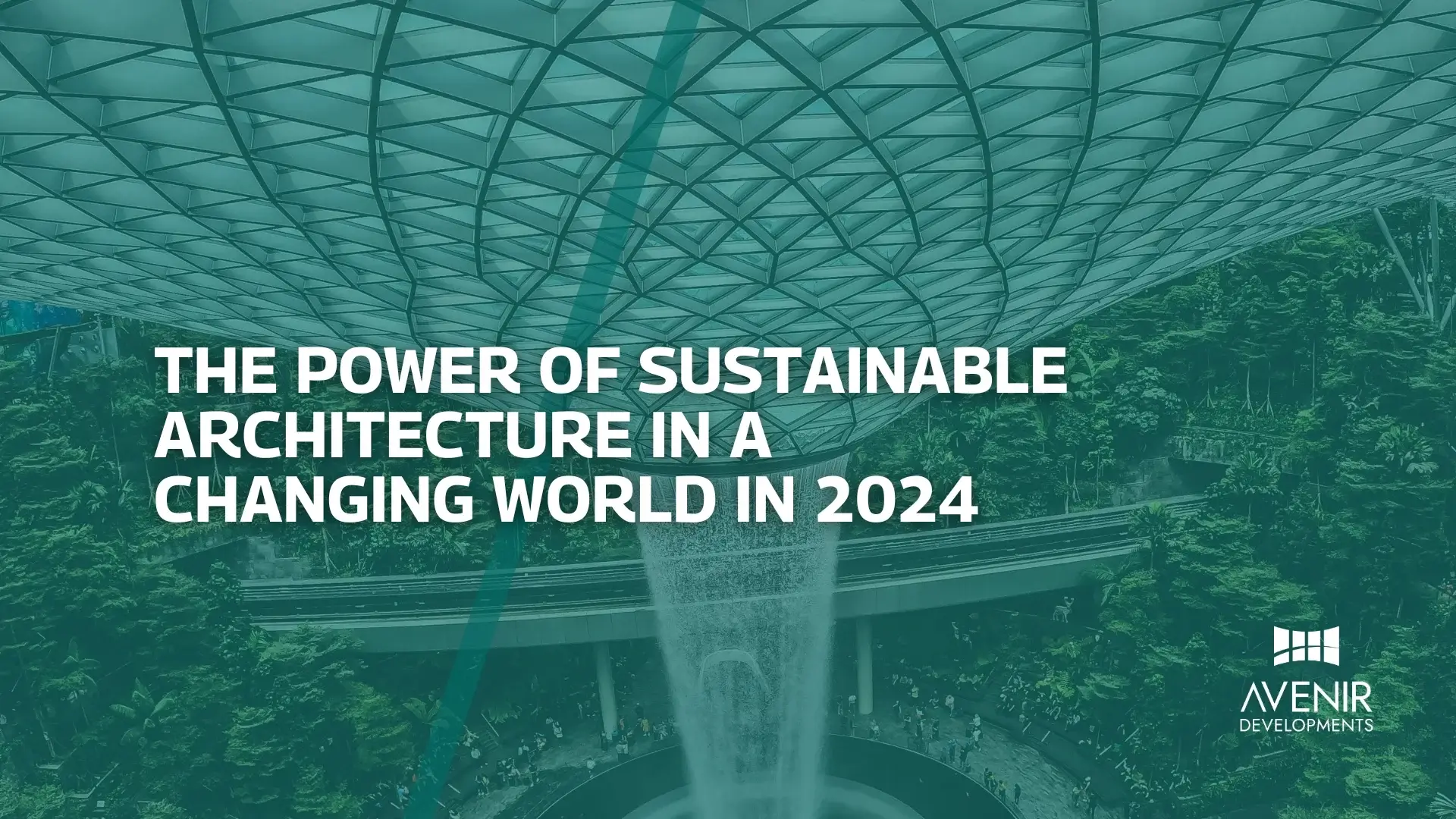Sustainable elegance has become a cornerstone of modern property development, a harmonious blend of environmental consciousness and aesthetic appeal. As an experienced architect, interior designer, and custom home builder with over two decades in the industry, I’ve witnessed firsthand the transformative power of eco-friendly approaches in creating exceptional living spaces.
Remember the quaint, sun-drenched villas of Tuscany or the serene, minimalist homes of Bali? These aren’t just beautiful vacation spots; they are testaments to the timeless appeal of sustainable design. In this article, we’ll explore how these principles can be seamlessly integrated into contemporary Pakistani property development, resulting in homes that are not only visually stunning but also environmentally responsible.

A Comprehensive Overview of Sustainable Elegance
Sustainable elegance is more than just a buzzword; it’s a philosophy that prioritizes harmony between human habitation and the natural environment. At its core, it encompasses a range of practices aimed at minimizing a building’s environmental impact while maximizing its aesthetic appeal.
From the early days of passive solar design to the cutting-edge technologies of today, sustainable elegance has evolved significantly. The concept has gained momentum in recent years due to growing concerns about climate change, resource depletion, and the desire for healthier, more sustainable lifestyles.
Key Elements of Sustainable Elegance:
- Energy Efficiency: Minimizing energy consumption through efficient appliances, insulation, and renewable energy sources.
- Water Conservation: Implementing water-saving fixtures, rainwater harvesting systems, and greywater recycling.
- Material Sustainability: Using eco-friendly materials with low environmental impact, such as recycled materials, bamboo, and sustainable timber.
- Indoor Air Quality: Prioritizing healthy indoor environments through proper ventilation, natural materials, and low-VOC paints and finishes.
- Site Selection and Design: Considering the natural landscape and minimizing disturbance to ecosystems.
The Importance of Sustainable Elegance:
- Environmental Benefits: Reduces carbon footprint, conserves resources, and protects biodiversity.
- Economic Advantages: Long-term cost savings due to reduced energy and water consumption.
- Health and Well-being: Promotes healthier living environments and improves occupant comfort.
- Social Responsibility: Contributes to a more sustainable future for generations to come.
As an experienced architect and interior designer in Pakistan, I’ve seen firsthand how sustainable elegance can be successfully implemented in various projects, from luxurious villas to affordable housing developments. By incorporating these principles, we can create homes that are not only aesthetically pleasing but also contribute to a healthier and more sustainable planet.
Current Trends and Developments in Sustainable Elegance
Sustainable elegance is a rapidly evolving field, with new innovations and best practices emerging constantly. In Pakistan, the concept is gaining traction as developers and homeowners become increasingly aware of the environmental and economic benefits of eco-friendly construction.
Recent Trends and Developments:
- Increased Adoption of Renewable Energy: Solar panels, wind turbines, and other renewable energy sources are becoming more affordable and accessible, making it easier for homeowners and developers to reduce their reliance on fossil fuels.
- Focus on Green Building Certifications: Organizations like LEED (Leadership in Energy and Environmental Design) and BREEAM (Building Research Establishment Environmental Assessment Method) are offering certification programs to recognize sustainable building practices.
- Advancements in Sustainable Materials: New materials with improved sustainability profiles, such as recycled plastics, engineered bamboo, and bio-based composites, are entering the market.
- Integration of Smart Technology: Smart home systems can optimize energy consumption, water usage, and indoor air quality, enhancing the sustainability of buildings.
- Government Initiatives and Policies: The Pakistani government is taking steps to promote sustainable construction through policies, incentives, and regulations.
Recommendations for the Future:
- Strengthen Government Support: The government can play a crucial role in promoting sustainable elegance by providing financial incentives, developing building codes, and investing in research and development.
- Raise Public Awareness: Education and awareness campaigns can help people understand the benefits of sustainable living and make informed choices.
- Foster Collaboration: Partnerships between government agencies, developers, architects, and NGOs can drive innovation and accelerate the adoption of sustainable practices.
By staying informed about the latest trends and developments in sustainable elegance, we can ensure that our homes and buildings are not only beautiful but also environmentally responsible.
Common FAQs About Sustainable Elegance
Q: What is the difference between sustainable and green building?
A: While the terms “sustainable” and “green” are often used interchangeably, there are subtle differences. Sustainable building focuses on creating structures that are environmentally responsible throughout their entire lifecycle, considering factors such as energy efficiency, water conservation, and material sourcing. Green building, on the other hand, often emphasizes specific environmental attributes, such as energy efficiency or reduced waste.
Q: Are sustainable homes more expensive to build?
A: While sustainable features may add to the initial cost of construction, they can result in significant long-term savings due to reduced energy and water consumption. Additionally, government incentives and tax breaks can offset some of the upfront costs.
Q: Can sustainable design be applied to existing homes?
A: Absolutely! There are many ways to retrofit existing homes to make them more sustainable, such as upgrading insulation, installing energy-efficient appliances, and implementing water-saving measures.
Q: What are some common challenges in implementing sustainable elegance?
A: Some common challenges include:
- Higher upfront costs: Sustainable features may require additional investment.
- Lack of awareness: Many people may not be familiar with the benefits of sustainable living.
- Limited availability of sustainable materials: In some regions, eco-friendly materials may be difficult to source.
Q: How can I ensure that my home is truly sustainable?
A: Working with a qualified architect or builder who specializes in sustainable design can help you create a home that meets your specific needs and environmental goals. Additionally, consider seeking certifications like LEED or BREEAM to validate your home’s sustainability credentials.
By addressing these common questions and concerns, we can demystify the concept of sustainable elegance and empower homeowners and developers to make informed decisions about their projects.
Expert Tips for Achieving Sustainable Elegance
As an experienced architect and interior designer, I’ve learned valuable lessons about achieving sustainable elegance in property development. Here are some expert tips based on my firsthand experience:
1. Prioritize Energy Efficiency:
- Choose energy-efficient appliances: Opt for appliances with ENERGY STAR ratings.
- Invest in high-quality insulation: Proper insulation can significantly reduce energy loss.
- Consider passive solar design: Maximize natural sunlight for heating and lighting.
- Install renewable energy systems: Explore options like solar panels or wind turbines.
2. Conserve Water:
- Install low-flow fixtures: Reduce water consumption in bathrooms and kitchens.
- Implement rainwater harvesting: Collect rainwater for landscaping and non-potable uses.
- Consider greywater recycling: Reuse treated wastewater for irrigation or flushing toilets.
3. Choose Sustainable Materials:
- Opt for recycled materials: Incorporate recycled wood, metals, and other materials.
- Use low-VOC paints and finishes: Reduce indoor air pollution.
- Consider sustainable timber: Support responsible forestry practices.
4. Prioritize Indoor Air Quality:
- Ensure proper ventilation: Provide adequate airflow to remove pollutants.
- Use natural materials: Minimize the use of synthetic materials that can release harmful chemicals.
- Monitor indoor air quality: Regularly test for pollutants and take corrective measures.
5. Consider the Site and Surroundings:
- Minimize site disturbance: Preserve existing trees and natural features.
- Choose a suitable location: Consider factors like access to sunlight, wind, and transportation.
- Integrate with the landscape: Design your home to complement the surrounding environment.
By following these expert tips, you can create a sustainable and elegant home that is both beautiful and environmentally responsible. Remember, sustainable elegance is a journey, not a destination. It’s about making conscious choices and striving for continuous improvement.
In conclusion, sustainable elegance offers a path to creating beautiful, environmentally responsible homes and buildings. By incorporating energy-efficient practices, water conservation measures, sustainable materials, and healthy indoor environments, we can reduce our impact on the planet while enjoying the benefits of a more sustainable lifestyle.
As an experienced architect and interior designer in Pakistan, I believe that sustainable elegance is not just a trend but a necessity for the future. By embracing this philosophy, we can create a legacy of beautiful, resilient, and environmentally responsible structures that will benefit generations to come.
I encourage you to explore the possibilities of sustainable elegance in your own projects. Whether you’re building a new home or renovating an existing one, there are countless ways to incorporate eco-friendly principles and create a space that is both stylish and sustainable.
Ready to embark on your journey toward sustainable elegance? Contact Avenir Developments today +923001101103 to discuss your project and learn how we can help you create a beautiful, eco-friendly home or building. Our team of experienced architects, interior designers, and custom home builders is committed to providing exceptional service and delivering sustainable solutions that meet your needs and exceed your expectations.






